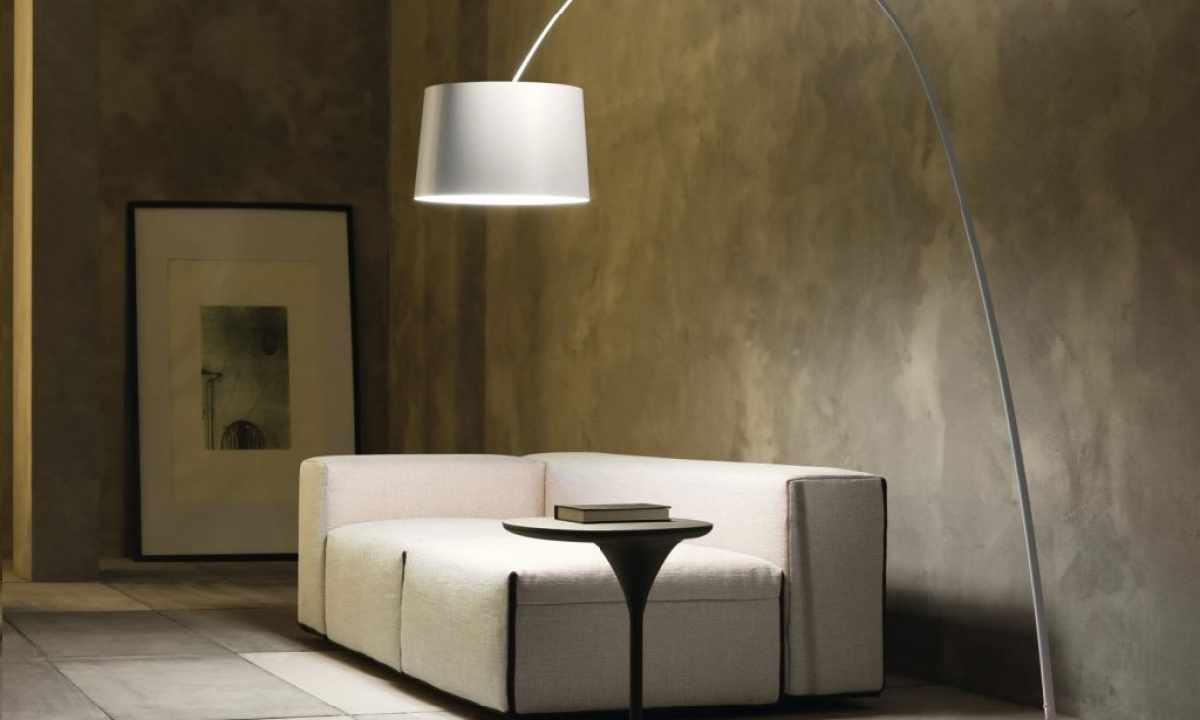Today already very few people once popular suspended luminaires arrange that it is connected with their small functionality, - the most lit place is near them. The built-in lamps are just capable to eliminate this "injustice", - however to achieve maximum efficiency of lighting, it is necessary to know about nuances of installation of these devices.
The normal location of the built-in lamps – the niche formed between suspended design (rack, false, plasterboard ceiling, etc.) and the main ceiling. Since the situation when "adjust" suspension system to specific lamps, it is necessary to consider that floor-to-ceiling height is connected with type of the built-in lighting instrument is frequent.
Types of lamps and their power
Mounting of devices with normal glow lamps will require nearly 12 cm of height, halogen lamps "will take away" 6-7 cm. Devices on LEDs are most compact; however the bluish shade radiated by them is pleasant not to all.
Structurally lamps can be separated into 2 types: - fixed: light is radiated strictly perpendicularly in relation to the fastening plane; - rotary: the radiation angle of light can change by 35-40 degrees. Upon purchase of lighting equipment it is necessary to remember heat generated by lamp which can deform false (tension) ceiling. Especially it is relevant for halogen lamps. For ensuring uniform lighting it is required to consider type of the used lamps, power, assignment of the lit room, the size of the lit area. For example, for full lighting of the bedroom 15 W/sq.m, for corridor – 12 W on "square" there are enough. For other rooms: - living room: up to 22 W/sq.m; - nursery: up to 60 W/sq.m; - toilet and bathroom: up to 20 W/sq.m; - kitchen room: up to 26 W/sq.m. Here data for glow lamps are specified. When using luminescent devices the value has to be 3 times less, LED lamps – at 10-12 than times.
Mounting and its features
Installation of the built-in lamps can be carried out before final finishing of ceiling or later. Anyway in advance, through ceiling framework, wiring has to be already laid and places of future arrangement of lighting equipment are designated. Special crowns of the corresponding diameter will be necessary for drilling of openings (it has to be slightly less than the body diameter of the lamp). When the opening is ready, through it extend wire and attach to contacts of the lamp which is inserted into ceiling by means of clips on springs. If stretch ceiling, then fastening it is necessary to make on the acrylic armature which is in advance attached to the main ceiling. The handling ring regulated on height is attached to armature. The lamp also joins it. It is better if it is light-emitting diode since less heat to which it is very sensitive plasticity of stretch ceiling is generated.

